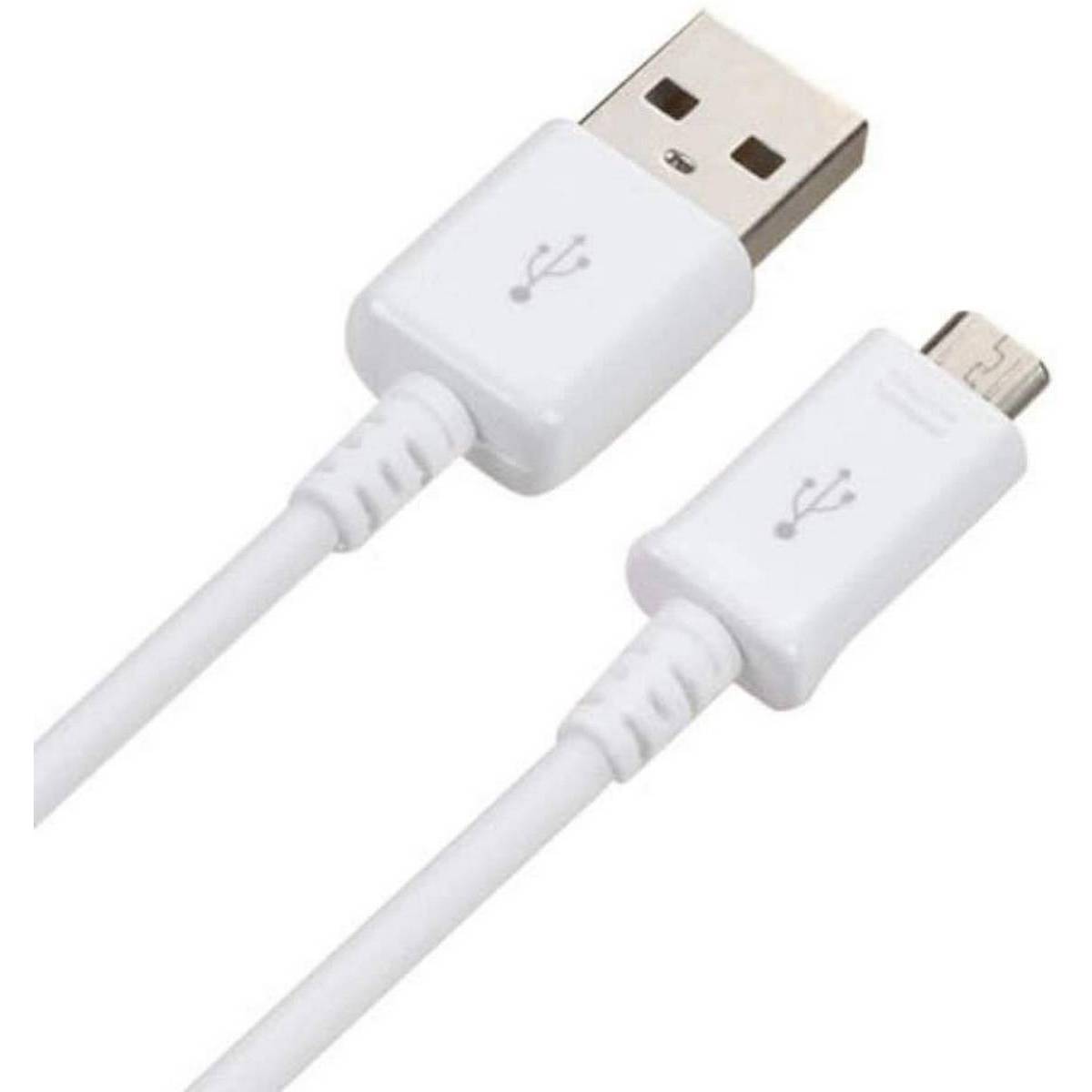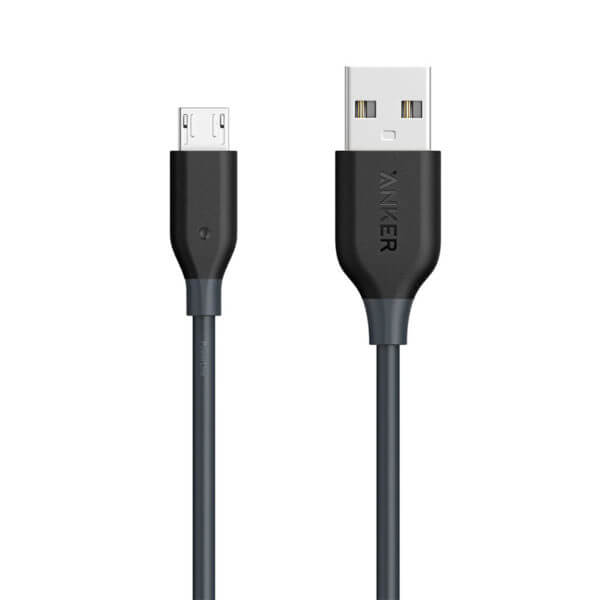8600 Cable
Variations




An Android data cable, commonly known as a USB data cable, is a physical cable that connects an Android device to a computer, charger, or other compatible devices for data transfer and charging. It’s a crucial accessory for managing and transferring data between your Android device and a computer, such as photos, videos, music, and documents.
Here are some key points about Android data cables:
Connectivity: The cable typically has a USB connector on one end, which can be plugged into a computer or a USB wall charger. The other end may have a Micro USB, USB-C, or Lightning connector, depending on the specific device.
Charging: In addition to data transfer, the cable is often used for charging Android devices. When connected to a power source, such as a wall adapter or a USB port on a computer, the cable allows the transfer of electrical power to recharge the device’s battery.
Data Transfer: Android data cables facilitate the transfer of data between the Android device and a computer. This is useful for tasks such as copying files, syncing media, and performing software updates.
Compatibility: The type of connector on the cable (Micro USB, USB-C, or Lightning) depends on the device’s model and manufacturer. Newer Android devices commonly use USB-C connectors, while older models may use Micro USB.
Durability and Quality: The quality of the cable can vary, and it’s essential to use a reliable and durable cable to ensure proper charging and data transfer. Poor-quality cables may not provide a stable connection or could wear out quickly.
When purchasing a cable, it’s advisable to choose one that is compatible with your specific Android device and meets your requirements for data transfer speed and charging capabilities.
